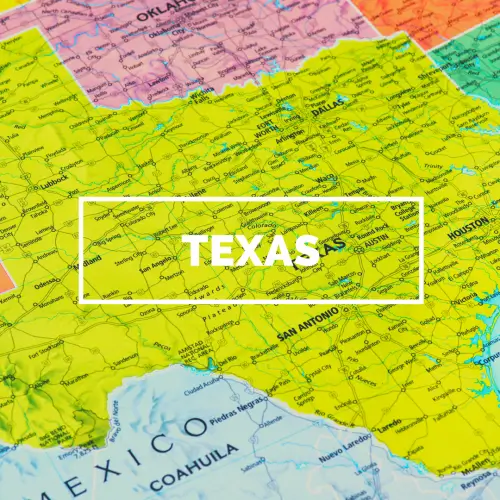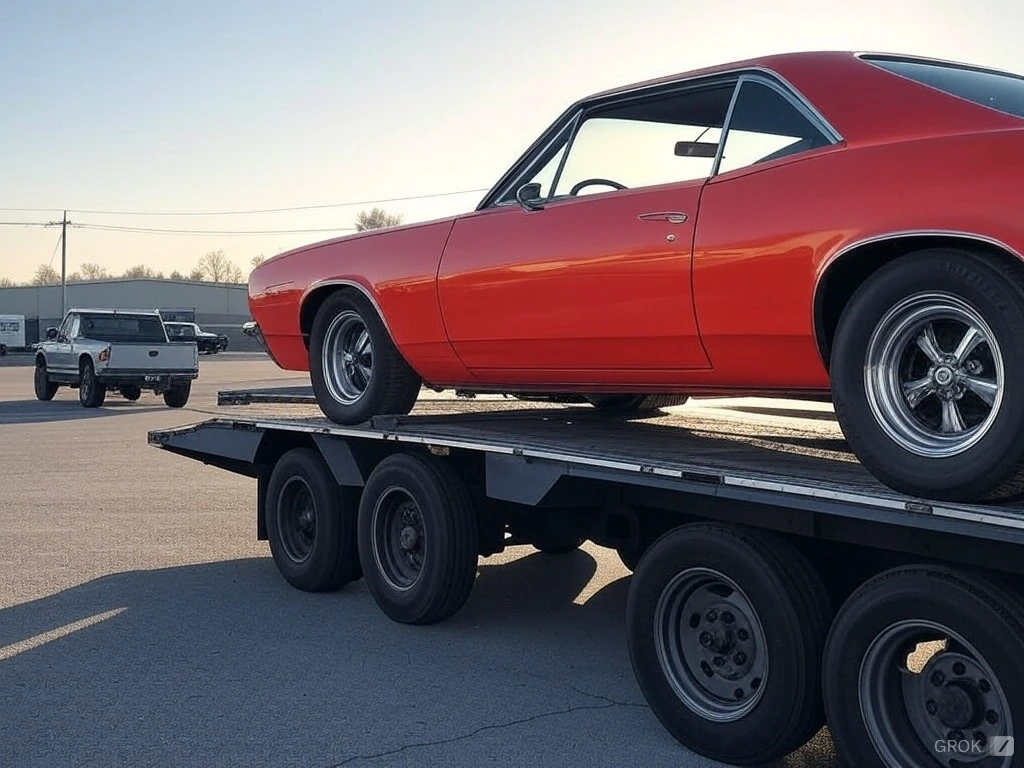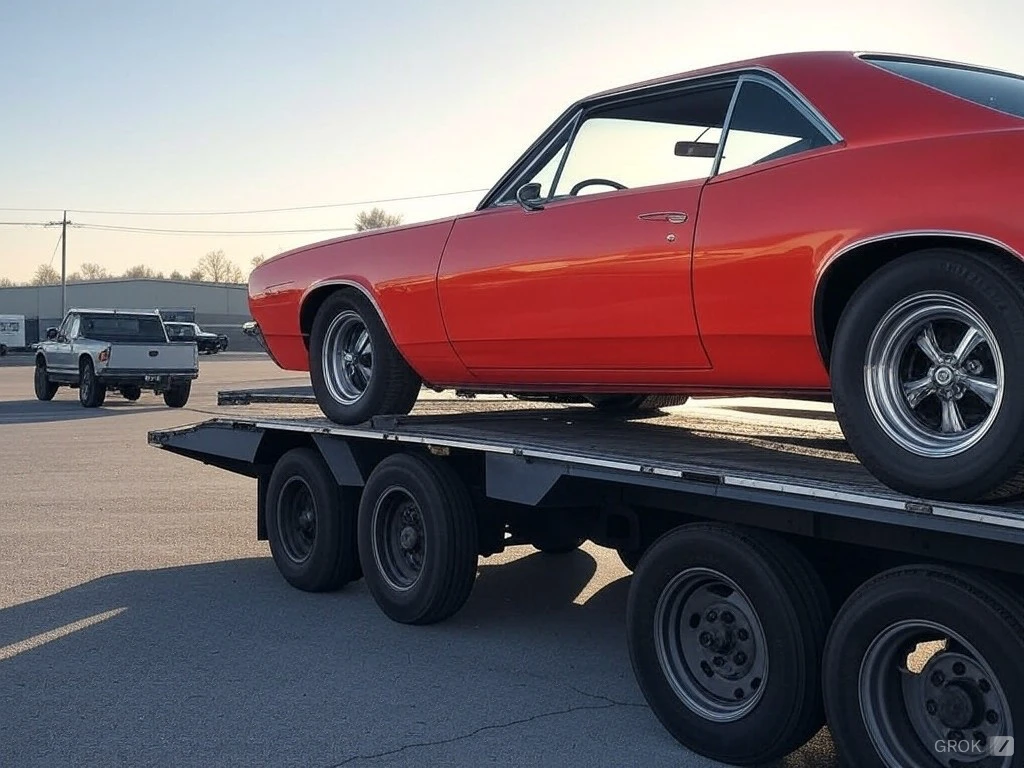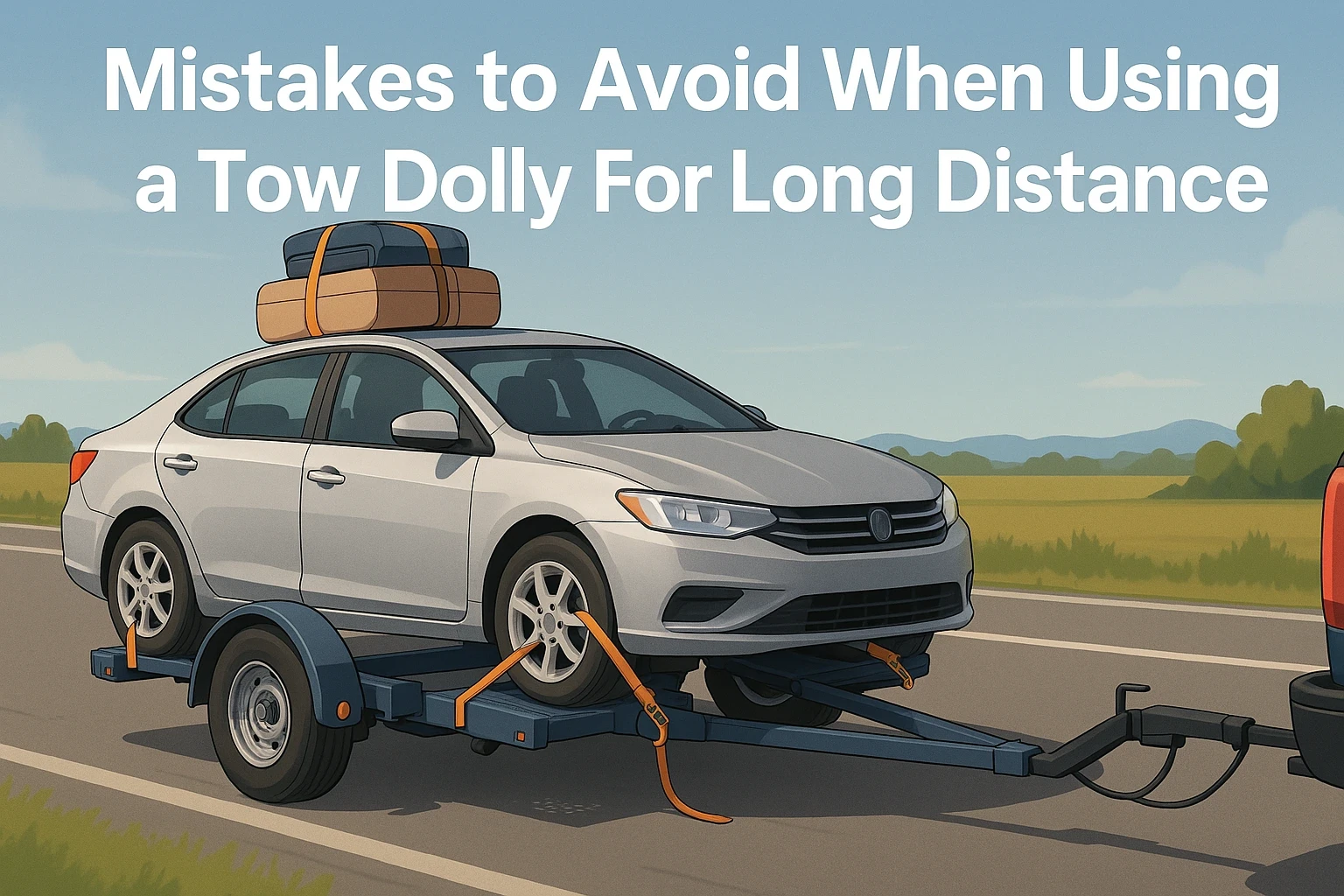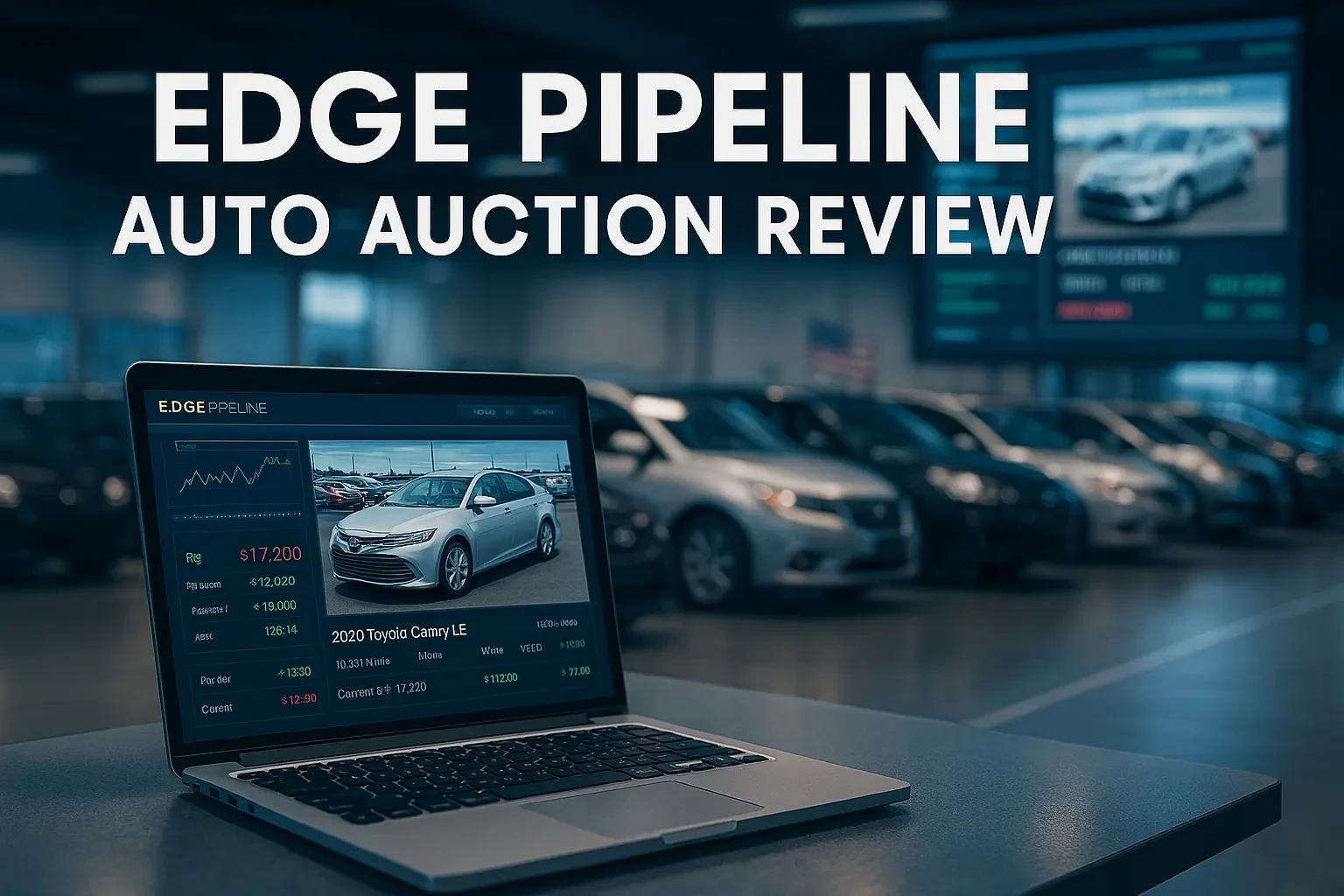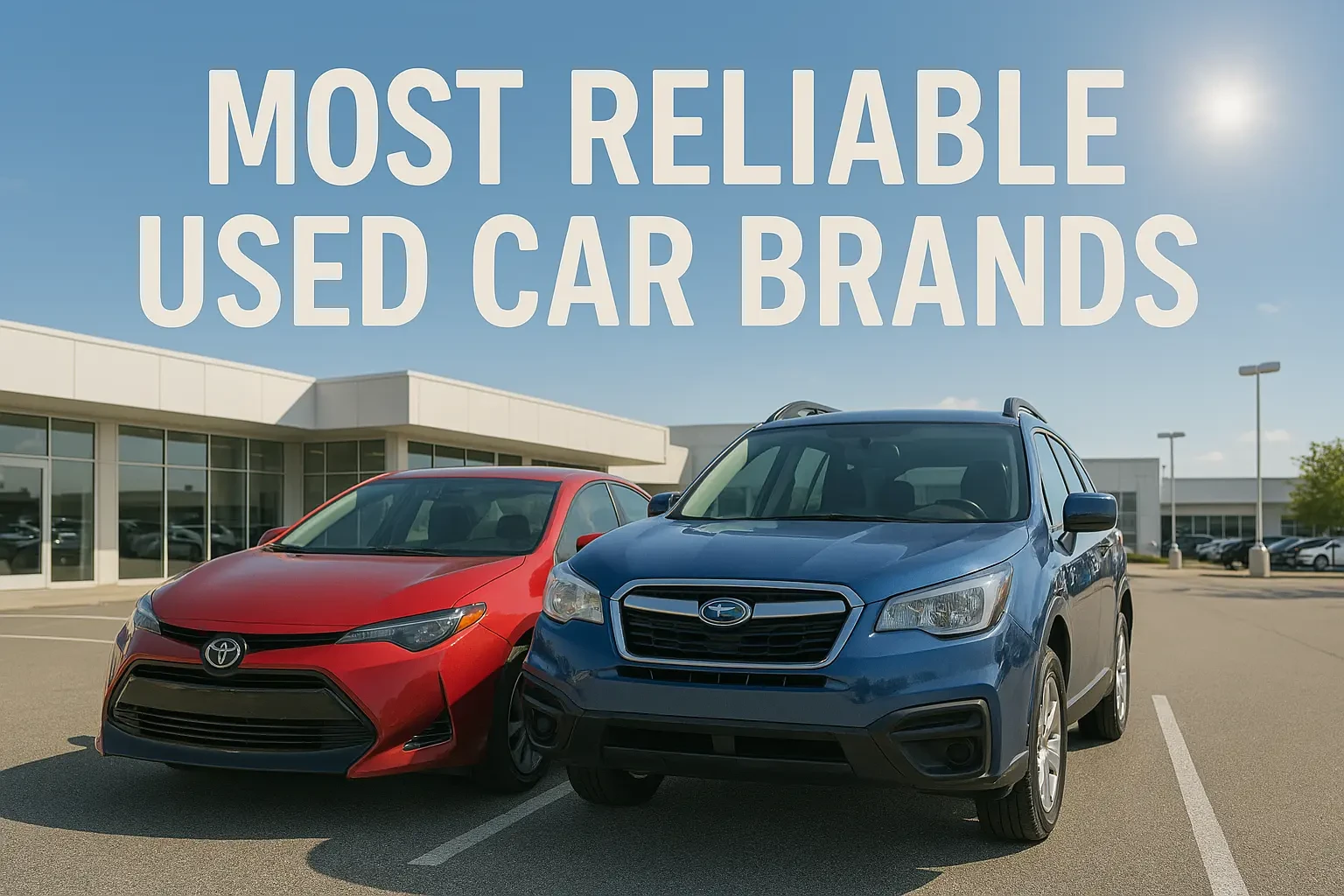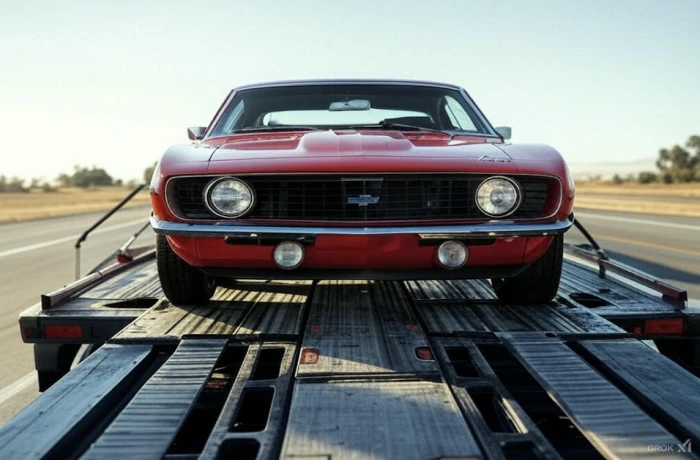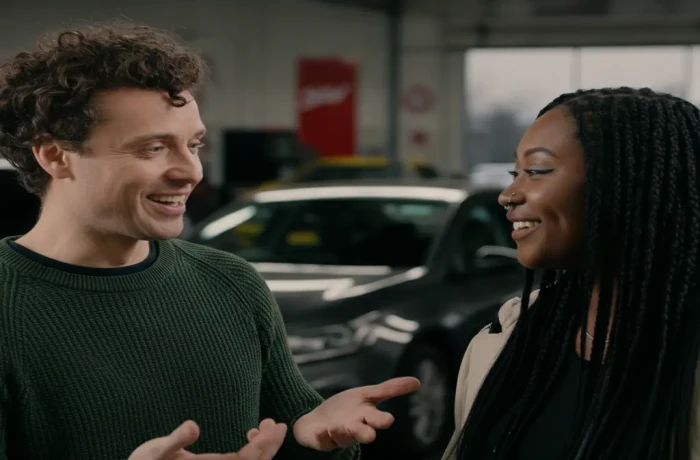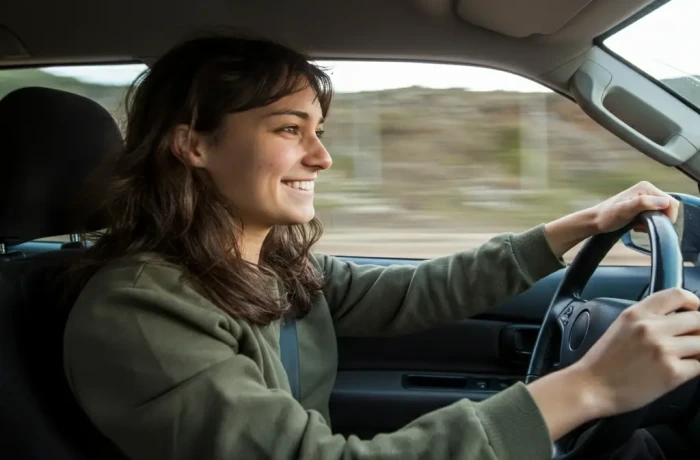Distracted Driving: A Lot More Dangerous Than You Think

Lila Claybourne
May 25, 2022
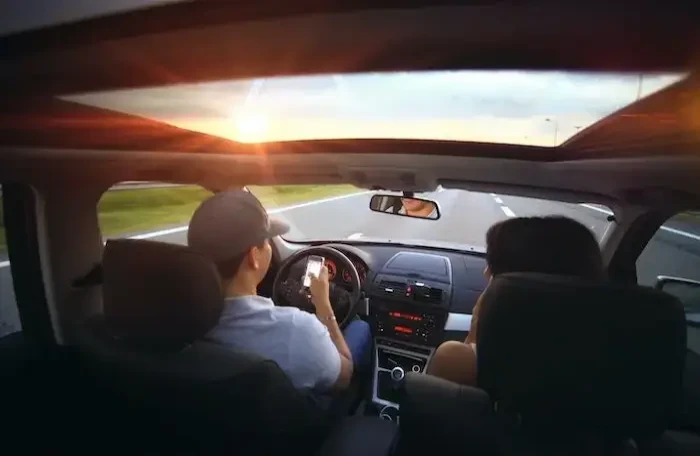
Distracted Driving: Way More Dangerous Than You Think
Distracted Driving, a common cause of many catastrophic events on the road. But, what is it actually? Well, distracted driving involves any activity that draws away attention from driving. And by that, we mean talking, texting, drinking, eating, scanning for a song on the stereo, or watching any type of entertainment on the car’s navigation system.
There are three types of distractions that can lead you to extreme consequences along the road, and sometimes you don’t even have the chance to notice them.
- Manual
- Manual distractions are the ones that affect your attention while you move your hands from the wheel to do any other kind of activity.
- Visual
- Visual distractions are those where your eyes focus on something that is not the road.
- Cognitive
- Cognitive distractions involve your mind wandering about things or situations that have nothing to do with driving.
While these are situations that occur frequently on a driver’s journey at different times, there is one single element that gathers all the three of them in one: Cell Phones.
Yes, cell phones are probably your worst enemy when it comes to driving on the road. The fact that you must use mostly all of your five senses, makes it a powerful and dangerous companion. Reading, texting, or picking up calls, immediately takes your eyes, your mind and your actual presence off the road. Imagine driving for 5 seconds with your eyes closed and your ears covered…that’s actually the same feeling when driving while using your phone. Risky.
According to an investigation by the University of Utah, “People are as impaired when they drive and talk on a cell phone as they are when they drive intoxicated at the legal blood-alcohol limit of 0.08%”. This means that distracting yourself with your device is like drinking wine before heading out on the road.
Besides cell phones, new technology in vehicles is also a factor of distracted driving. Dashboards (instead of traditional radios they have screens and some play videos) are just another extra tool for unexpected driving events. Hands-free technology is mostly seen as a useful tool for calling and talking while driving safely. But, the truth is, this device is also a huge distraction during and after it is used.
Crash Risks
Just so you understand a little bit more about the seriousness of distracted driving, here we’ll show you a quick view at statistics from the national police reports on fatal crashes in the U.S, with distraction as a main cause.
In the year 2020, around 3,200 people were killed by distracted driving, according to the NHTSA, while some others remain unknown. The truth is, the majority of the studies from the police linked texting or phone manipulation as the leading factor of crashes. Some key findings by the NHTSA, state that 8.1% or 3,142 of all fatalities in 2020 involved crashing by distracted driving, representing a 0.7% increase from 3,119 in the year 2019.
Another study by the police in 2013, found that 3,000 drivers actually had long cell phone conversations, and that crash risk due to this was 2-6 times greater. Also, measures of driver performances were truly affected by cognitive distractions that had to do with cell phone usage.
In 2018, distracted drivers caused an estimated 2,841 deaths and 400,000 injuries in motor vehicle accidents (8 percent of which were teens, between the ages of 15-19). This age group comprises the biggest proportion of inattentive drivers involved in car crashes.
Young Drivers vs Adults
Young adults and teen drivers are the ones that get most affected by distracted driving. Why is that? As you may know, these are the ages where technology is at the top of the list when it comes to spending some free time, talking or meeting people, or even having fun with video games. Phones are the door to a wide range of virtual activities that are preferred by these ages, such as texting, spending time on Facebook, Instagram or Tik Tok, Google searching, among others. But also, these technological devices have to do a lot with emotional dependence or deficit disorders, leading to distracted driving situations that affect multiple activities, like driving. Let’s take a look at some statistics from the year 2019 related to student fatalities due to this:
- According to the CDC, drivers between 15-20 years old were more distracted than drivers 21 years old and older.
- 9% of these drivers were distracted exactly at the time of the crash.
- Texting while driving was more common among older high school students than younger students.
Also, researches from the NHTSA found other interesting facts about teens when driving:
- 94% of teens recognize they know about the risks of texting while driving.
- 35% of them confessed they do it anyway.
- 21% of teens were using their phones before getting involved in a deadly accident for this reason.
- It’s 4 times more likely that teen drivers get in a car crash accident when talking or texting on the phone, than adults.
- Driving with one more passenger doubles the risk of getting into a car accident, while driving with more than two passengers, the risk can be increased up to 5 times.
- In the year 2016, 303 teenagers died due to distracted driving.
Now let’s see how young adults get affected:
- Young adults are most likely to die in a car crash because of distracted driving.
- Adults between 30-39 years old, are affected crucially by this factor as well, with a total of 586 deaths yearly due to car crashes.
- Older adults are least likely to be affected or get involved in accidents of this type, due to their lower usage of electronic devices.
Actual Fatalities
In 2022, The Zebra did research to analyze common habits of US drivers. Most of them confessed they used their phones while driving for different reasons, while others claimed they never did.
The following results were found in relation to their mobile devices:
- 23.6% of drivers were texting.
- 11.7% were taking pictures.
- 4.1% of respondents between 25 and 34 years old said they felt a high pressure to reply to text messages while driving. 12.1% of participants from the same age group didn't feel any kind of pressure.
- 17.9% of people between the ages of 18 to 24, felt very pressured to reply to text messages.
Results found by other types of distractions:
Phones may be a powerful driving distractor, but other types of activities such as eating or even applying mascara, could be as risky as texting your friends behind the wheel.
- 52.5% of drivers eat while driving.
- 6.5% of drivers apply makeup.
- 3.4% drink alcohol while driving.
How states want to prevent this from happening
Although there is no nationwide law in the US that prohibits phones while driving, most of the states have worked on different types of laws to prevent this situation from taking more lives on the roads. Rules such as grabbing your phone while driving, talking on it directly or even limiting the number of young passengers with teen drivers, are some examples of what has been done in order to avoid distracted driving. Some states have texting while driving being illegal as a primary law, while others, like South Dakota or Florida, state it is a secondary law.
According to a national survey in 2022, 86% of American drivers support hands-free legislation and have reduced the risk of an accident thanks to it. This is more than half of the driving population in the country, and can lead to a possible exponential reduction in these types of accidents. This law allows officers to ticket drivers that are using their phones, while those who use hand-free devices, won’t be.
How to prevent distracted driving?
Multitasking is known as the action of doing more than two important tasks simultaneously, affecting the progress and results of each other, due to the fact that the brain is not 100% focused on each of them. That means lower quality of results and higher risk of bad consequences. In terms of distracted driving, the first thing you have to avoid is using your phone while you drive, as well as organizing other types of distractions in terms of place and time.
Things you, as a driver, can do:
- Regardless of an emergency situation, your phone must be placed in your pocket, bag or purse, far away from your hands and your chances to text or call someone.
- Avoid connecting your phone to car’s technology equipment such as radio or speakers, unless you’re only willing to listen to music.
- If you’re driving with a passenger, ask him or her to help you by reading directions or researching your destination’s info on their phone.
- Pick up important calls only if you’re parked somewhere, otherwise avoid doing it while driving.
- If you are traveling with pets, secure them to avoid them stepping on you while driving.
- Program your navigation’s route before starting to drive.
- Put your seatbelt on before driving as well. Some people tend to do it while they are on the road, and although this just takes a few seconds, they could be crucial for your own safety.
Things you, as a parent, can do:
- Teach your teen or your young adult about rules and regulations when driving. Share with them real-life stories and statistics of distracted driving and how to avoid it.
- Avoid calling or texting them while you know that they are actually driving.
- Talk to them about your state’s laws in relation to mobile device usage.
Now that you’ve learned some of the risks of distracted driving and how a simple glance at a text can affect your life, you’ll probably be more conscious of it when you grab the wheel. Remember there are many other alternatives for talking or texting your family or friends, calling your kids, following the Waze route or playing some music. Use hand-free devices if preferred and the local law allows you, park your vehicle in case you need to grab your phone, and last but not least, speak up and inform people that you see making this mistake about the dangers of doing it and how they can avoid it. Now that you’re all set, go ahead and drive!
Related Posts



